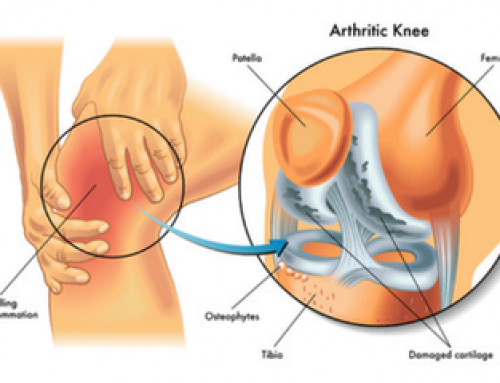Green tea extract
Green tea extract is an active ingredient extracted from green tea leaves, mainly including tea polyphenol (catechins), caffeine, aromatic oils, moisture, minerals, pigments, carbohydrates, proteins, amino acids, vitamins and the like.
Tea polyphenol have antioxidant, scavenging free radicals and the like. It can significantly reduce the serum total cholesterol, triglyceride, low-density lipoprotein cholesterol content of hyperlipidemia, and at the same time has the effect of restoring and protecting vascular endothelial function. The hypolipidemic effect of tea polyphenol is also one of the main reasons why tea can make obese people lose weight without rebounding.
Tea polyphenol in food field
Tea polyphenols have been widely used in the food industry as a natural antioxidant. Chinese food additives use standards, tea polyphenols can be used in the use of oils, moon cakes, ham and other foods, the amount is 0.4g / kg. It is used by first dissolving it in ethanol, adding a certain amount of citric acid to form a solution, and then applying it to the food by spraying or adding.
[Meat products]: Meat and its products often turn yellow due to the automatic oxidation of fat during storage, and appear rancid. In the processing of meat products, the various tea products are soaked or sprayed with the prepared tea polyphenol solution, which can form a gas-impermeable hard film on the surface of the meat product and the tea polyphenol, thereby inhibiting the oxidation and rancidity of the surface of the meat product. Bacterial growth and good results in preventing spoilage.
[Edible animal and vegetable oils and fats]: Animal oils are highly susceptible to auto-oxidation and deterioration because they do not contain natural antioxidants. Adding tea polyphenols to fats and oils can prevent and delay the automatic oxidative decomposition of unsaturated fatty acids, effectively inhibit the oxidative rancidity of oils and fats, and prolong its storage period.
[Fried food]: During the frying process, fried foods become darker and darker due to oxidation; in the storage, as the oxidative rancidity of the oil gradually deepens, the aroma and flavor of the product are seriously affected. Tea polyphenols have better antioxidant effects on fried foods, which can delay the oxidative rancidity and improve the shelf life of foods.
[Baked food]: In the production of moon cakes and other oil-containing foods, adding tea polyphenols to the mixture of flour and oil food can not only solve the antisepsis of these foods, but also play a role in nutrition health care and food flavor enhancement.
[Aquatic products]: Tea polyphenols have significant anti-oxidation, anti-corruption and anti-browning effects in the preservation and processing of aquatic products such as fish and shrimp. When making dried fish products, the product is impregnated with water containing tea polyphenols to prevent yellowing and lipid oxidation of the dried fish due to “oil burning”. When frozen fresh fish, the addition of tea polyphenols can also make fish fresher.
[Beverage]: Tea polyphenols can be used to prepare a variety of tea beverages, applied to various alcoholic beverages, and can also inhibit the destruction of vitamin A and vitamin C in soy milk, soda, juice and other beverages, thereby protecting the beverage. Various nutrients
[Candy Food]: Tea polyphenols are applied to candy such as chewing gum, candy, fruit candy, etc., which can effectively resist oxidation and preservation, solid color and fragrance, and eliminate bad breath. In addition, tea polyphenols can also make the “acid tail” in high-sugar foods disappear, making the taste sweet.








Leave A Comment